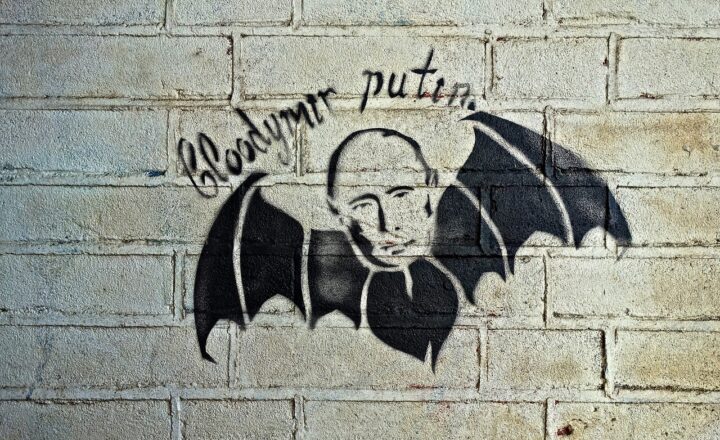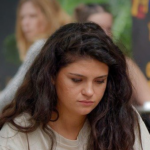Rediscovering the 90s: Why Nostalgia Is Making a Comeback in Pop Culture
November 18, 2024

The 90s were a vibrant decade marked by iconic music, unforgettable fashion trends, and groundbreaking technology. As we delve deeper into the 2020s, it’s more apparent than ever that nostalgia for this era has infiltrated our pop culture in fascinating ways. From reboots of beloved TV shows to the resurgence of 90s fashion on runways, nostalgia is a powerful force that shapes our cravings for the past. In this article, we’ll explore how and why the 90s are making such a significant comeback in our contemporary society.
1. The Psychological Appeal of Nostalgia
Nostalgia is more than just a longing for the past; it’s a psychological phenomenon that evokes sentiments of happiness and comfort. According to psychologists, feeling nostalgic can stabilize one’s mood and foster a sense of belonging. The 90s represent a unique intersection of childhood innocence and the early advent of digital technology, making them particularly appealing for those who grew up during that time.
How Nostalgia Works:
Nostalgia serves several psychological functions:
- Creating Connections: Revisiting 90s culture helps reinforce connections with shared experiences, especially among millennials and Gen Z-ers whose parents or older siblings introduced them to these trends.
- Eliciting Positive Emotions: Nostalgia releases dopamine, making people feel happier and more secure—an antidote to the stresses of modern life.
- Providing Escapism: As society grapples with rapid changes and challenges, revisiting the familiar comforts of the past offers a sense of stability and security.
The 90s have emerged as a comforting lens through which we can view today’s complexities.
2. The Revival of 90s TV Shows and Movies
One of the most visible manifestations of this nostalgia is the wave of reboots and remakes that have graced our screens. TV shows like “Friends,” “Full House,” and “The Fresh Prince of Bel-Air” have found new life with sequels, spin-offs, or full-fledged reboots. This trend is not merely a capitalistic ploy; they tap into the reservoir of collective memory built during the 90s.
Examples of Nostalgic Reboots:
- “Will & Grace:”: This sitcom returned to the small screen, resonating with both original fans and new viewers alike.
- “Boy Meets World” Rebooted as “Girl Meets World”: This notable reboot highlighted the enduring appeal of coming-of-age narratives from the 90s.
- “The X-Files” Continues: The iconic sci-fi series rejuvenated nostalgia while introducing a new audience to its thrilling storylines.
By capitalizing on beloved characters and stories, these reboots allow audiences to reconnect with their childhoods while exploring familiar themes through a modern lens.
3. 90s Fashion: Trends Making a Comeback
Nostalgia permeates the fashion world as well, with 90s-inspired styles leading the charge on runways and in mainstream clothing stores. From oversized denim jackets and flannel shirts to platform shoes and chokers, the styles that defined a generation are rapidly re-emerging.
Nostalgic Style Icons:
- Grunge Culture: The grunge movement, spearheaded by artists like Kurt Cobain, is experiencing a revival with young designer collections reflecting the anti-fashion ethos.
- Pop Culture Influences: Figures like Britney Spears and the Spice Girls continue to inspire modern fashion, blending playfulness with elegance【SB2】.
- Athleisure: The rise in athleisure coincides with the 90s obsession with sporty brands like Fila and Nike, bringing back windbreakers and crop tops with a sense of nostalgia.
This resurgence in fashion not only reflects nostalgic yearning but also engages Gen Z who value authenticity and individuality in their style choices.
4. Music: 90s Sounds Resurfacing in Modern Hits
Musically, the influence of the 90s can be felt across various genres, including pop, hip-hop, and alternative rock. Artists today are sampling and remixing iconic songs from the past, drawing in audiences who crave familiarity and novelty simultaneously.
Notable Examples of 90s Influence in Music:
- Remixes and Samples: Songs by contemporary artists often feature samples or interpolations from hit tracks, creating a bridge between generations.
- Tribute Albums: Celebrating 90s icons through tribute albums and concerts indicates a revitalized interest in these musical legends.
- New Artists Channels Influences: Today’s pop stars, like Dua Lipa and Billie Eilish, reference 90s aesthetics and sounds, conveying both respect and creativity in their work.
Listening to a song that evokes cherished memories is an exhilarating experience, and today’s artists understand how to weave nostalgia into their creative processes.
5. The Impact of Social Media on Nostalgia
Social media platforms have dramatically changed how we engage with nostalgia. Websites like Instagram and TikTok foster communities dedicated to 90s culture, allowing users to share content that resonates on a personal level.
How Social Media Amplifies Nostalgia:
- Visual Storytelling: Images of 90s memorabilia, toys, and fashion flood social media, sparking collective memories among users.
- Viral Challenges and Trends: Challenges often originate from nostalgic trends, leading users to participate and share their memories related to 90s content.
- Creating Connections: Communities rally around shared loves for baskets of nostalgia, bringing together like-minded individuals and fostering friendships based on mutual interests.
As a result, nostalgia becomes not just a personal sentiment but a shared cultural experience in a digital world.
6. Nostalgia: A Cyclical Trend that Influences Future Culture
The revival of 90s culture hints at a broader phenomenon where decades often recycle elements from the past. With each cycle, we see the continuous blending of old influences into new forms.
Future Directions:
As we look to the future, it’s likely that nostalgia will remain a driving force in shaping creative industries:
- Further Reboots and Sequels: Expect more classic 90s shows and films to be revived as studios realize the profitability of tapping into nostalgic content.
- Innovative Fashion Concepts: Fashion designers will continue to reinterpret 90s aesthetics while weaving in contemporary elements, resulting in exciting new trends.
- Nostalgia in Technology: As technology advances, expect remakes of retro video games, toys, and gadgets that bring back cherished memories in new formats.
In this light, nostalgia is not just a fleeting trend; it’s a profound force affecting how we consume and create culture today and in the future.
Conclusion
The 90s have made an undeniable comeback in pop culture, influenced by nostalgia’s powerful psychological effects and facilitated by modern platforms and media. As we continue to resonate with styles, sounds, and stories from the past, it’s evident that the charm of the 90s lives on, enriching our contemporary culture with the warmth of familiarity. By engaging with this nostalgia, we not only honor the past but also shape our future creative landscapes, blending the best of both worlds to create something even more meaningful.
As we celebrate this era, we aren’t merely reliving memories; we’re laying the groundwork for a renewed cultural dialogue, one that cherishes the past while eagerly anticipating the next chapter in our ongoing story within pop culture.







